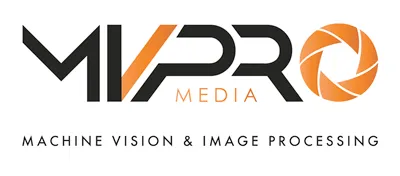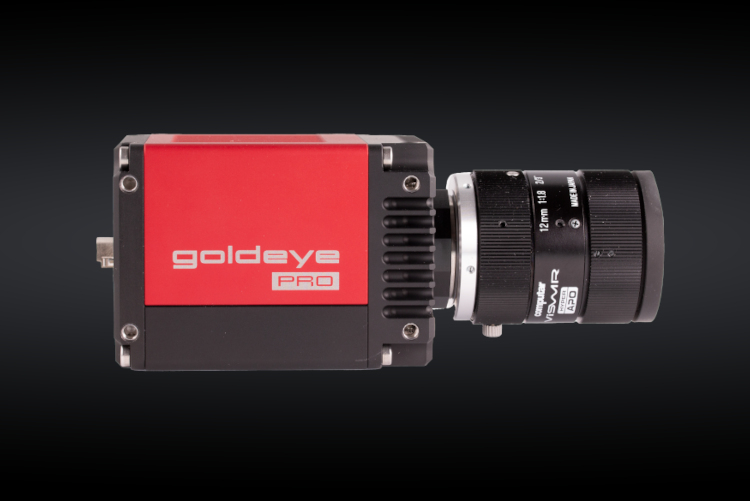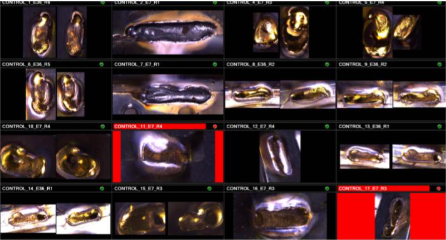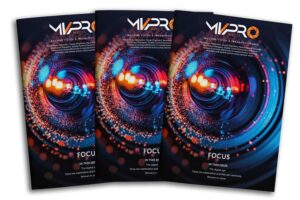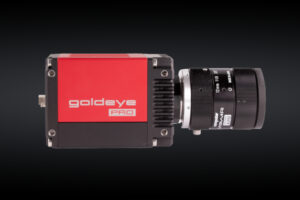Teledyne Technologies has provided 15 extremely sensitive H2RG infrared detectors for the James Webb Space Telescope (JWST) which was successfully launched by NASA, the European Space Agency (ESA), and the Canadian Space Agency (CSA) in late December 2021.
The infrared detectors are used in three of the four science instruments of JWST: the Near-Infrared Camera (NIRCam), the Fine Guidance Sensor (FGS), and the Near-Infrared Spectrograph (NIRSpec). Ten Teledyne detectors in NIRCam will study the structure and morphology of the universe. Three Teledyne detectors in FGS will be used to point and stabilize the telescope. Two Teledyne detectors in NIRSpec will reveal information about the chemical composition, temperature, and velocity of what JWST observes. Teledyne also provided the SIDECAR ASIC focal plane electronics that operate the H2RG detectors.
“Teledyne is extremely proud to have provided the detectors that are the ‘eyes’ of groundbreaking astronomy and astrophysics missions”, said Robert Mehrabian, Chairman, President and Chief Executive Officer of Teledyne. “For decades, scientists have used our ground-based and space-based detectors to look outward to our solar system, to the stars and exoplanets of the Milky Way, and to galaxies millions and billions of light-years from Earth. More recently, our detectors have been extensively used to look down upon the Earth, monitoring pollution and greenhouse gas emissions, and enabling environmental science and climatology”.
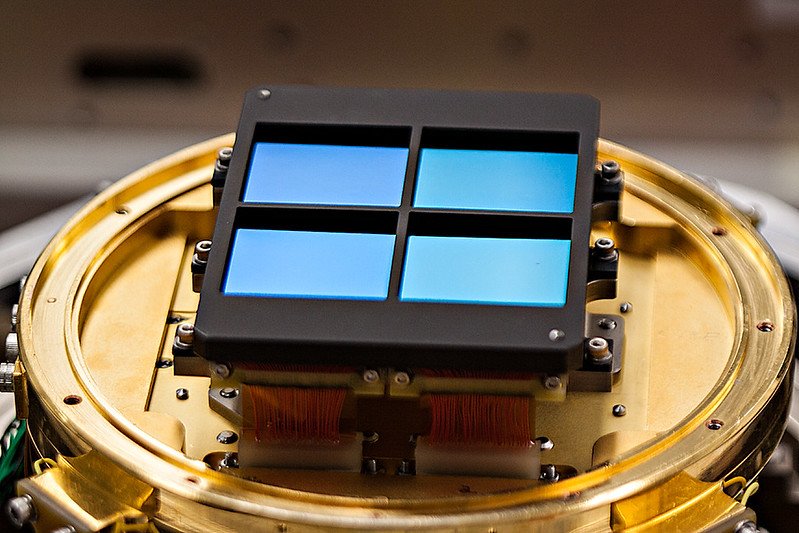
Teledyne previously provided JWST’s predecessor, the Hubble Space Telescope, with detectors for imaging in ultraviolet, visible, and infrared light. JWST will concentrate solely on infrared imaging and spectroscopy because it will explore the very distant universe, for which ultraviolet and visible emissions have been stretched by the expansion of the universe into infrared wavelengths, a process known as redshift. Teledyne’s infrared detectors enable JWST to observe the first stars and galaxies, allowing scientists to understand the early evolution of the universe.
Teledyne has worked on related projects before, providing imaging detectors for the Advanced Baseline Imager in the U.S. National Oceanic and Atmospheric Administration’s Geostationary Operational Environmental Satellites (GOES), and NASA’s Orbiting Carbon Observatory-2 (OCO-2). Teledyne sensors are further included in multiple European Union Sentinel satellites, including the anthropogenic CO2 emissions monitoring (CO2M) mission and the Copernicus Hyperspectral Imaging Mission for the Environment (CHIME).
In 2027, NASA will launch its next flagship astrophysics mission, the Roman Space Telescope, for which Teledyne recently delivered the infrared detectors.
You can find more information about Teledyne Technologies and its part in helping the James Webb Space Telescope explore the universe on its website.
Stay up to date with the most recent automation, computer vision, machine vision and robotics news on Automate Pro Europe, CVPro, MVPro and RBPro.
